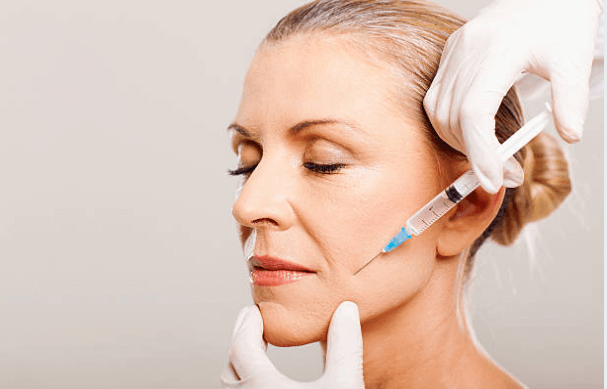When considering cosmetic treatments, Botox remains one of the most popular choices for reducing wrinkles and fine lines. Many people wonder, How much do 3 areas of Botox cost? over time, as maintenance is required to sustain results. While the initial expense is a factor, understanding the long-term investment helps in making an informed decision. Let’s explore the key aspects of Botox treatments across three common areas and what to expect over the years.
What is Botox Treatment Areas
Botox is commonly used to treat dynamic wrinkles—those caused by repeated muscle movements. The three most frequently treated areas include:
- Forehead Lines – Horizontal creases that form due to raising eyebrows.
- Glabellar Lines (Frown Lines) – Vertical wrinkles between the eyebrows, often called "11 lines."
- Crow’s Feet – Fine lines that appear at the outer corners of the eyes from smiling or squinting.
Each of these areas requires a specific number of units, influencing the overall expense. Since Botox is not permanent, touch-ups are necessary every 3-6 months, making long-term budgeting essential.
Factors Affecting Long-Term Botox Expenses
Several variables determine how much you’ll spend on Botox over time:
- Number of Units Required – Some areas need more units than others. For example, frown lines may require 20-30 units, while crow’s feet might need 10-15 units per side.
- Frequency of Treatments – Results last between 3-6 months, meaning multiple sessions per year are needed.
- Clinic and Practitioner Expertise – Highly experienced providers may charge more but often deliver better, longer-lasting results.
- Geographical Location – Prices vary depending on the city and clinic reputation.

Long-Term Maintenance of Botox Results
Since Botox is temporary, maintaining results requires regular sessions. Here’s what to expect over time:
- First Year – Typically, 2-3 sessions are needed to maintain smooth skin.
- Subsequent Years – With consistent treatment, some patients find that muscles weaken, requiring fewer units or less frequent touch-ups.
- Combination Treatments – Some opt for complementary procedures like dermal fillers for enhanced results, which can affect overall costs.
Tips for Maximizing Botox Longevity
To extend the effects of Botox and reduce long-term expenses, consider these tips:
- Avoid Excessive Sun Exposure – UV rays can break down collagen faster, shortening Botox results.
- Stay Hydrated – Well-hydrated skin maintains elasticity, helping treatments last longer.
- Follow Aftercare Instructions – Avoid strenuous exercise for 24 hours post-treatment to prevent migration.
- Choose an Experienced Injector – Skilled practitioners place Botox precisely, ensuring optimal longevity.
Common Myths About Botox Longevity
There are several misconceptions about Botox maintenance:
- Myth: Botox stops working over time.
- Fact: Muscles may weaken with repeated use, sometimes requiring fewer touch-ups.
- Myth: More units mean longer-lasting results.
- Fact: Overuse can lead to a frozen look; the right dosage is key.
- Myth: Botox is only for older adults.
- Fact: Preventative Botox in younger patients can delay wrinkle formation.
Botox vs. Alternative Treatments
While Botox is highly effective for dynamic wrinkles, other options exist:
- Dermal Fillers – Best for static wrinkles and volume loss.
- Laser Treatments – Improve skin texture but don’t relax muscles like Botox.
- Microneedling – Stimulates collagen but doesn’t address expression lines directly.
Choosing the right treatment depends on individual skin concerns and desired outcomes.
Final Thoughts
Understanding how much 3 areas of Botox cost long-term involves considering the frequency of treatments, required units, and clinic expertise. While the initial investment may seem significant, many find the confidence boost and wrinkle reduction well worth it. By following proper aftercare and choosing a skilled injector, you can maximize results and potentially reduce long-term expenses.






Comments